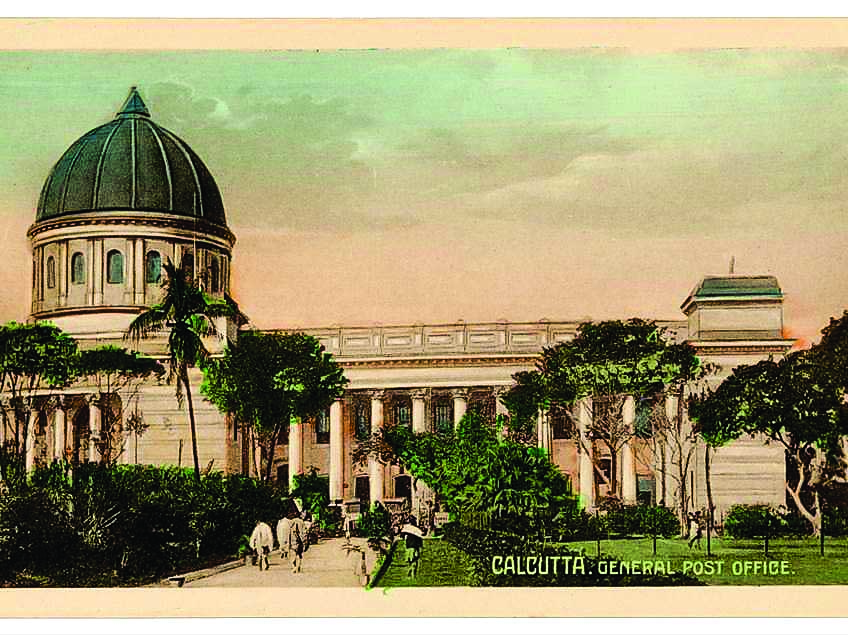Travel
Mapping the arts: Travel across time at the Museum of Art & Photography – The Sunday Guardian Live

The Museum of Art & Photography (MAP) opened its doors to the public on February 18, 2023, with a mission to make art accessible to all. Since then, the Bengaluru-based state-of-the-art museum has not looked back. Spanning five storeys, it boasts of galleries, an auditorium, a library, a technology centre, a sculpture courtyard, a learning centre, a specialized research and conservation facility, a gift shop, a café, a member’s lounge, and an open-air rooftop restaurant. MAP is home to a growing collection of over 60,000 artworks that provide an extensive exploration of Indian art and culture. These artworks, primarily from South Asia and ranging from the 10th century to the present, include paintings, sculptures, textiles, photographs, and more. MAP aims to inspire people to engage with art in ways that foster empathy, humanity, and a deeper understanding of the world.
Recently, MAP has introduced three new exhibitions: ‘Hello & Goodbye,’ ‘Outside In,’ and ‘Zobop.’
‘Hello & Goodbye’ postcards from the early 20th Century’ highlight the historical significance of picture postcards, often overlooked but rich in social, political, and cultural values of their time.
“Initially, the postcards might seem unassuming, but each one holds a treasure trove of stories. It is as if they’re keeping secrets, whispering tales of distant places and the souls who once held them dear. With every postcard, it’s like I am going back in time, touching the pulse of history itself,” rejoices co-curator Khushi Bansal.
Featuring around 80 postcards from the MAP collection, many donated by Kenneth X and Joyce Robbins, this exhibition delves into print culture, identities, and the impact of colonialism on undivided India. European presses often printed images that stereotyped Indians and propagated the Crown propaganda, positioning these postcards as souvenirs.
Conversely, Indian presses used imagery to fervently support the burgeoning nationalist movement for independence. The exhibition includes interactive experiences where visitors can create their own postcards across various media.
“Picture postcards are timeless, and that’s what makes this exhibition exciting to explore. As incredible sources of reflection, it is interesting to observe the utilities of postcard circulation in the early 1900s. While it allowed people to stay in touch, it also gives us an insight into what ideas, opinions and statements about India were visually consumed in England and Europe at the time. These postcards may be small and fragile, yet they are powerful reminders of our colonial past”, explains co-curator Meghana Kuppa.
‘Outside In’ explores the lives and influences of artists, Meera Mukherjee (1923–1998) and Jaidev Baghel (1949–2014), whose work emerged within the context of modernism and the cultural identity of newly-independent India. This exhibition showcases 26 sculptures and six textiles from the MAP Collection, along with a publication and a film screening in the gallery. It examines metal casting practices and how these artists navigated a dynamic cultural landscape.
The exhibition highlights Mukherjee’s immersion in the indigenous craft of lost-wax casting, particularly through her encounters with Sriman Baghel, Jaidev Baghel’s father, in Kondagaon in Chhattisgarh. This experience influenced her community-based approach and artistic principles. Baghel gained recognition through his experiments with scale and form and his ability to re-imagine traditional techniques. By identifying as both a craftsperson and a modern artist, Baghel’s work transcended local and national boundaries.
Curated to showcase the evolution of these artists, the exhibition presents a diverse array of objects, each reflecting the artists’ expertise and their commitment to creating narratives that resonate with the intricacies of daily life. As part of the exhibition, MAP is also screening a film, directed by Jaisingh Nageswaran, offering insight into the world of metal casting and Baghel’s life. The film also explores the landscape of Kondagaon and how the practice adapted to commercial demands.
The ‘Outside In’ exhibition is complemented by a publication designed by Valentina Abenavoli, with photographs by Philippe Calia and Nageswaran. This publication provides a visual narrative and commentary on the journey of artworks from casting workshops to museum spaces. It includes photographs of Kondagaon, first-hand accounts from the artists, and an essay by Prof. Katherine Hacker, profiling Baghel’s influences and innovative practices.
‘Zobop,’ by renowned Scottish artist Jim Lambie, originated in 1999 at a solo exhibition at Transmission, Glasgow. It is a captivating floor-based artwork that redefines space with vibrant concentric lines of polychromatic vinyl.
Inspired by the unpredictability of jazz progressions, “’Zobop’ invites viewers to navigate its dynamic patterns, seamlessly covering staircases and floors while adapting to the unique architecture of each space. Each installation of ‘Zobop’ is distinct, bringing new energy to the surroundings and sparking fresh interpretations. This site-specific experience has been displayed at the Museum of Modern Art (MoMA) in America, the Tate Museum in the UK, the Mori Art Museum in Tokyo, and recently for MAP at the Kochi-Muziris Biennale in Fort Kochi. Embracing the concept of site-specificity, Lambie encourages viewers to engage with his work both aesthetically and conceptually. The title coined by Lambie reflects the rhythmic complexity of be-bop jazz, mirroring the vibrant and improvisational nature of his installations.


)






